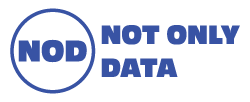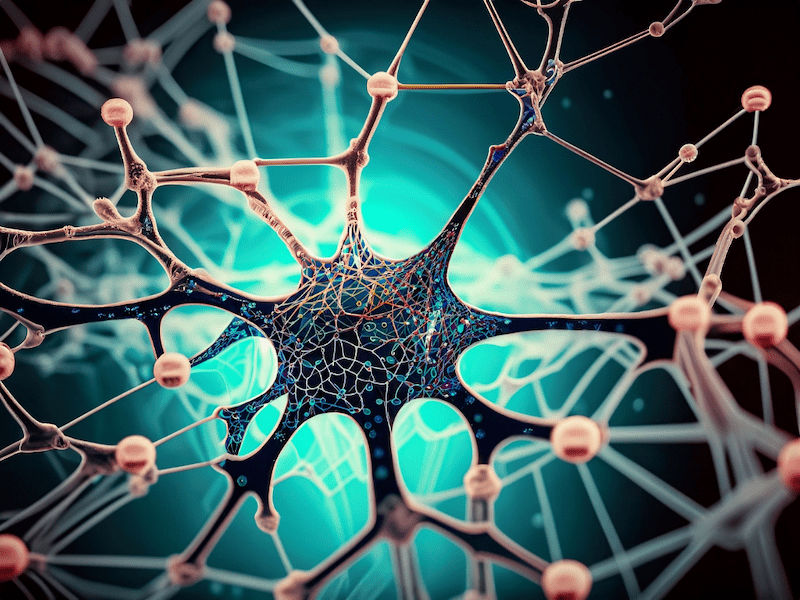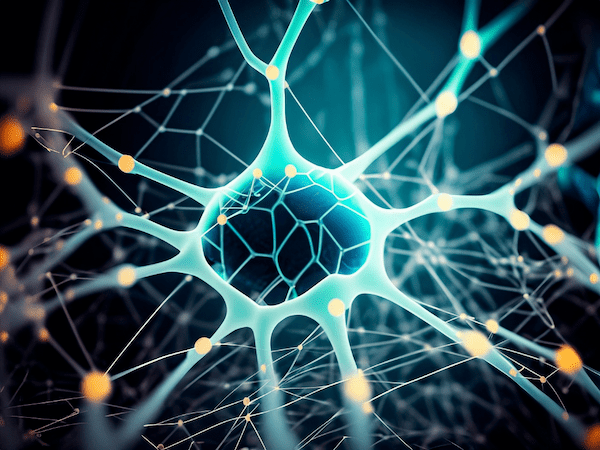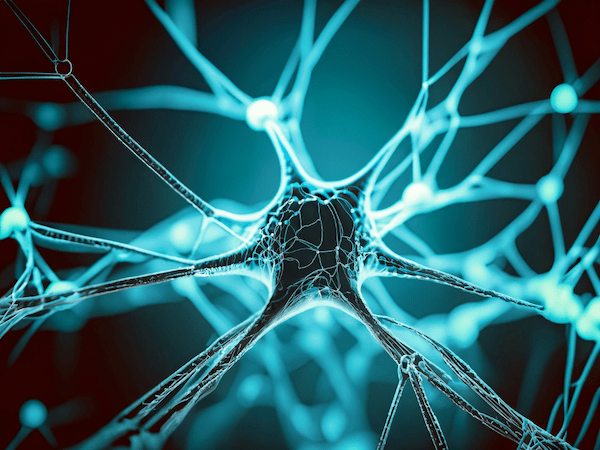With Machine Learning, computers can perform tasks without being specifically programmed for them. But what is Machine Learning? It is nothing more than a method that mimics the way humans learn. This method allows the machine to receive data, observe, and interact using that data. However, we will not explicitly tell it how to do so; instead, we will let the model learn on its own. It will have to figure out on its own how to understand the relationship between the data. Any resemblance to real life is not just a coincidence.
At NOD, we wield this dynamic powerhouse to supercharge the very heartbeat of businesses. We harness the force of historical data to fuel a transformation that propels companies toward an elevated realm of decision-making—a realm where data reigns supreme, guiding the charge to amplify profits and trim operational costs.
But how does Machine Learning work?
By conducting repeated tests and identifying patterns. These patterns are transformed into new data, and the computer adapts its behavior based on what it has learned. Let me give you an example. As a human, you know the difference between a cat and a lion. How did you acquire this ability? By seeing photos of cats and lions, as well as other species of felines like panthers, lynxes, and cheetahs. Without this “learning,” you wouldn’t be able to identify different types of felines. After all, this distinction is crucial since one will be your companion, while the other might devour you. Looking at it this way, you’ve become an expert in felines.
But now, how do you teach this technique to a computer? How can a machine make this distinction?
Initially, you’ll need data, which can simply be many photos of felines of different breeds and species. The computer, by observing the photos alone, will have to learn to differentiate one species from another. There are various ways to do this, but we’ll mention only two methods: supervised and unsupervised methods. In supervised methods, you’ll provide an answer to the machine. This means you’ll provide what we call input and also the output. For a given input, let’s say you give the machine a photo of a cat without explicitly stating that there’s a cat in it. This is the input value, but you also need to label that photo as a ‘cat.’ You could also provide the input as a photo of a lion and label it as ‘lion.’ You do this for all the feline breeds in your dataset. Each photo will have an associated label.
In summary, the machine will have to learn on its own how to associate the input value ‘Felines’ with the output value, which is the different breeds of felines. In the supervised method, you can deal with a classification situation, where you want to categorize data into certain categories, such as feline breeds, or a regression situation, where you obtain a result without classification. For example, the model receives a photo of a cat and estimates its size relative to that of a tiger.
Supervised methods are closely related to a machine learning method called deep learning. The foundation of deep learning is based on the use of a tool called neural networks.
Are you eager to venture into the world of Data Science but hindered by budget constraints to hire an in-house data scientist? Look no further than NOD – your gateway to success! With a dedicated team of seasoned Data Scientists at your disposal, we provide full-time support to supercharge your operations.
Why bear the weight of data analysis alone when you can lean on NOD for expert assistance? Our platform allows you to tap into the expertise of experienced Data Scientists without breaking the bank. Say goodbye to the worries of managing data complexities and embark on your journey to data-driven growth!
Join NOD today and embrace a future powered by data-driven insights. Don’t let budget limitations hold you back from unleashing your true potential. Take the first step towards success with NOD!” Click here to create your free account.
What are Neural Networks?
Neural networks mimic how the biological neurons in our brain communicate with each other and how they learn and pass information to arrive at a response. This is how you see a cat and know it’s a cat. With observation, information is passed to your brain through your neurons, which communicate with each other and conclude that it’s indeed a cat. This conclusion is based on years and years of data from your observations. However, if you don’t recognize the breed of a particular feline, it’s possible that your database of feline breeds isn’t up to date, or you simply haven’t observed that feline breed.
Neural networks do something similar. When given an image, they communicate among themselves and try to learn how to relate the input to an output. In supervised learning, we inform the network what it should try to find in a relationship.
It’s the opposite of what happens in unsupervised methods. In unsupervised learning, we don’t explicitly tell the network what it should learn and we don’t provide labels. We provide the data to the network, and it has to learn to separate everything on its own. Imagine you have various types of felines with different characteristics like colors and sizes. An unsupervised model can analyze these characteristics and try to group them into different categories, where felines with similar features are in the same group. For example, felines with vertical stripes might be classified as tigers, and small felines might be classified as cats. This is done without us providing input labels. The machine performs the classification on its own based on the characteristics.
But there’s another method of Machine Learning that falls between supervised and unsupervised learning, and that’s reinforcement learning, where a machine interacts with its environment through actions in a trial-and-error scheme until it learns. Here’s how it works: a machine has a goal to achieve, and it takes actions in its environment. If it achieves the goal, it receives a reward; if not, it receives no reward or even a punishment.
This process continues until it maximizes its rewards and learns to achieve its goals. Let’s use a dog as an example. Imagine you want to teach your dog to sit. Every time it sits, you give it a treat as a reward. If it doesn’t sit, you give nothing. After many attempts, the dog learns that when it sits, it gets a treat. In this case, you’re the environment, and the treat is the reward. This is a simple example of reinforcement learning.
An example of reinforcement learning is AlphaGo, which learned to play Go through competition and punishment. In the end, the algorithm became so good at playing Go that it defeated the human world champion. Now that you’re familiar with the main branches of machine learning, you might wonder: why do we use it? Machine learning is already present in our lives, often without us realizing it. For instance, if you found this article through Google’s search engine, a recommendation reached you thanks to Google’s machine learning model called “Recommendation Systems.” When you browse a social network and see an ad, that ad also reached you through a machine learning system. When your phone recognizes your face or when an Instagram filter adds kitten ears to you, those are also instances of machine learning models detecting what is a face.
Machine learning is also prevalent in scientific fields, such as astronomy. We can use it to classify galaxies in numerous catalogs. We can also use it in biology to understand protein structures or in medicine to expedite the creation of medicines and treatments. In other words, the applications of machine learning are incredibly vast.
At NOD – Not Only Data, we use company data to feed machine learning models to identify patterns and predict future events. This allows company decision-makers to have a better foundation for making important decisions and help answer questions like:
- Which customers are more likely to buy?
- Which customers might abandon our service?
- Should we reinforce our inventory?
- Should we open a certain store in a specific neighborhood?
We’re ready to assist you in making data-driven decisions.







